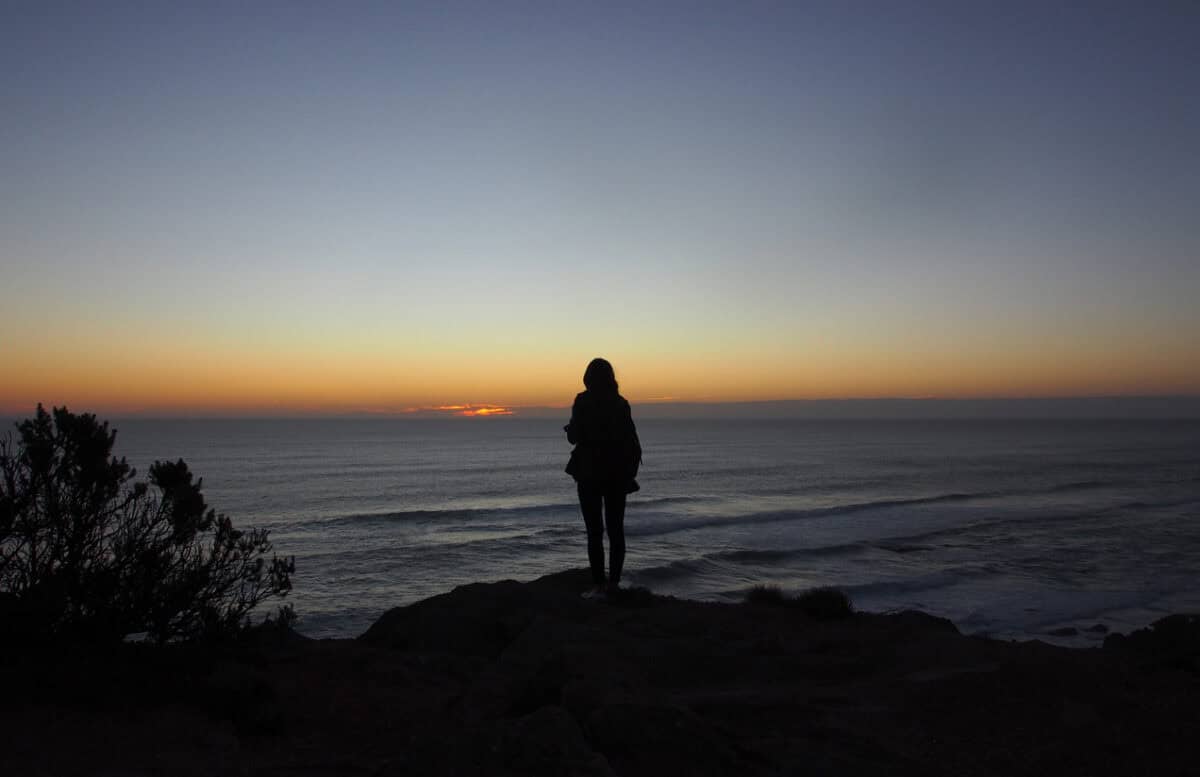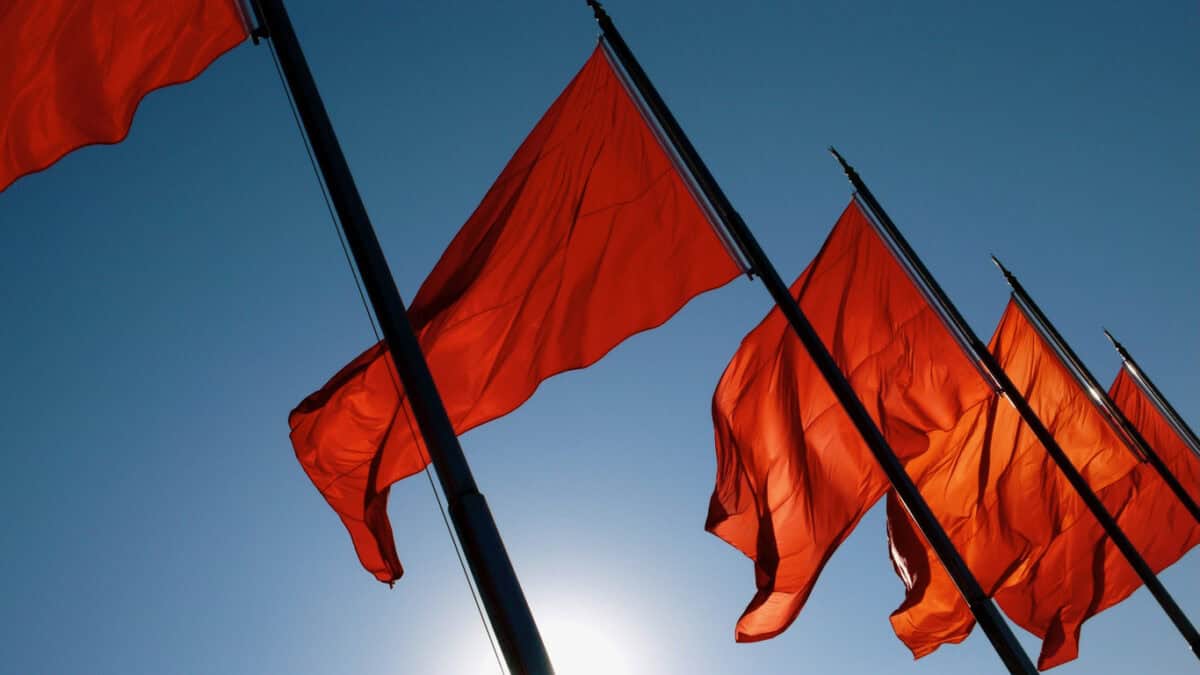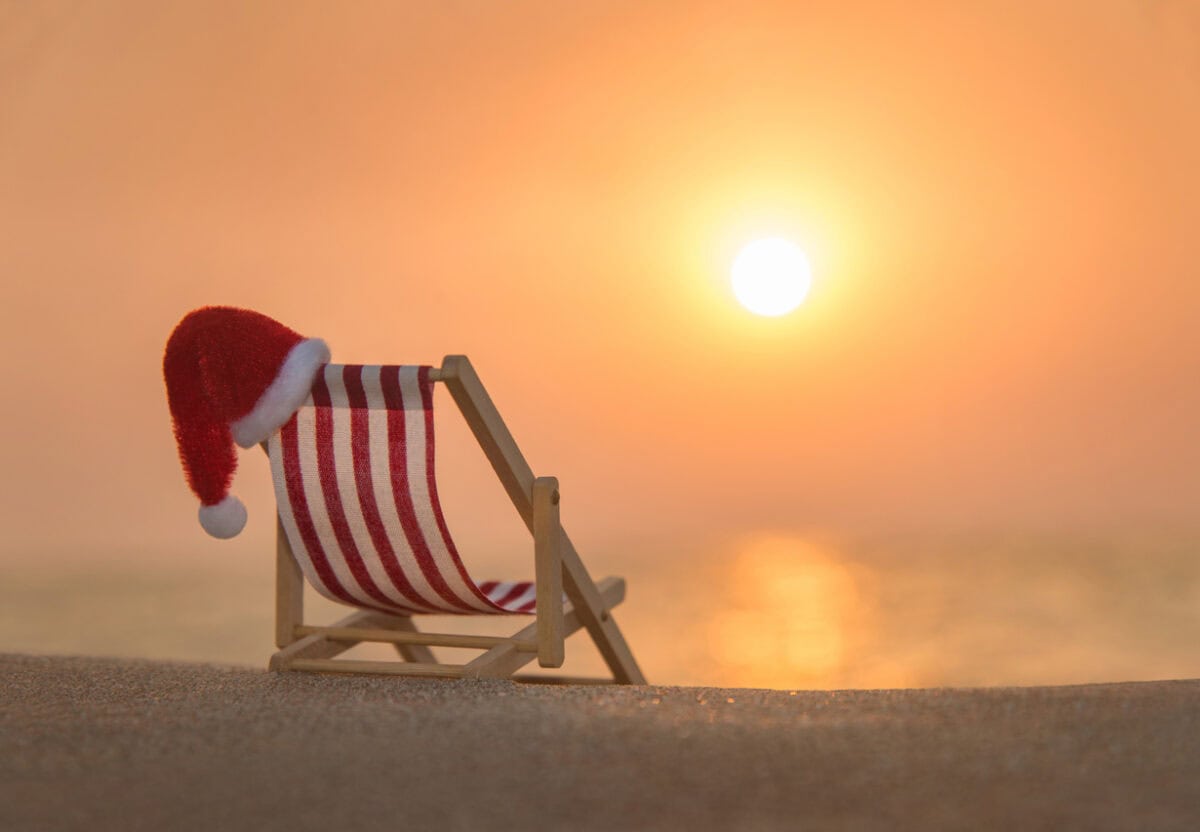Many of the prominent Australian mining companies are in the process of changing their cultures to minimise the risk of sexual assaults and harassment after several recent damning inquiries into worker health and safety. Everyone seems to agree that cultural change can take a long time. I am not convinced. Change will take time if one operates within the existing organisational and operational parameters and structures. But sometimes, the harm to workers is so great that a long time exacerbates unfairness and injustice.
Lively/Baldoni discussion misses the cause of the harm
Over the last few weeks, the media has been reporting on legal action taken by Blake Lively over accusations of sexual harassment on the film set of her movie “It Ends With Us”. The focus has been on the allegations of post-incident public relations manipulation, but this is obscuring the primary cause of the legal action – sexual harassment.
How to improve workplace health – MOVE
Self-help books often include a nugget of useful information related to occupational health and safety. Paul Taylor‘s “Death by Confort – How Modern Life is Killing Us and What We Can Do About It” offers a recent example.
Red flags for OHS misunderstandings
Occupational health and safety (OHS) continues to have a credibility problem and a poor social profile. Some of this is due to OHS peddling nonsense, but probably no more than any other discipline. Some of it is due to employers and other corporate leaders using OHS as camouflage for inaction or as a distraction from a different workplace issue. Some of it is due to ignorance.
It is up to all of us to strengthen the discipline’s credibility. To help with this, here are three words commonly used by leaders that we need to question and challenge whenever they are used.
Continue reading “Red flags for OHS misunderstandings”What should Victoria’s new WorkSafe Minister do now?
The Victoria Premier, Jacinta Allan, reshuffled her Cabinet and recently allocated responsibility for the Workcover and Transport Accident Commission portfolios to Deputy Premier Ben Carroll. This may be the first time a politician of that position has been given these portfolios. But what should Ben Carroll do now?
Continue reading “What should Victoria’s new WorkSafe Minister do now?”How did 2024 go?
At Christmas time, it is traditional for bloggers to reflect on the year past and to provide some basic statistics about their blog and readership. And thank the many loyal subscribers for their support.
The SafetyAtWorkBlog is a one-person operation that works out of usual business hours, supported by hundreds of dollars of media and legislative subscriptions and the occasional conference attendance. I try to provide exclusive content, and I thank my colleagues and subscribers who allow me access to many of their events that are closed to the public. With the parlous state of the media in Australia, I am often the only media presence at these events. I wish there were many more.
Continue reading “How did 2024 go?”Book Winners
Congratulations to Richard Franklin and Rebecca Michalak on winning a copy of John Brogden’s “Profiles in Hope” book. Please email me your mailing address, and I will despatch the books.
Thank you to all the subscribers who entered. I hope to do this again soon.






